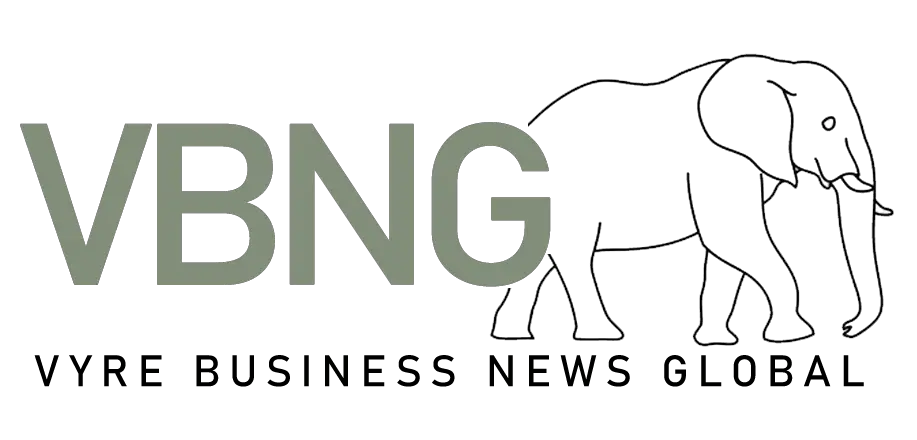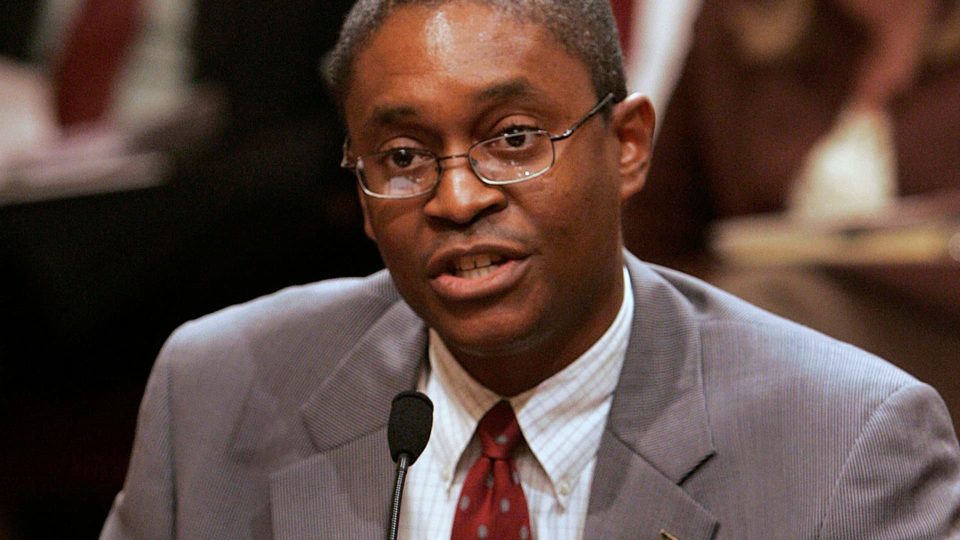Atlanta Federal Reserve President Raphael Bostic shared insights on Tuesday about the U.S. economy and monetary policy, indicating that the Federal Reserve has some flexibility in its approach to managing inflation and growth. Speaking to Reuters, Bostic emphasized that the current strength of the economy allows the central bank time to assess the impact of tariffs before making further decisions on interest rates. He also left open the possibility of a single interest rate cut later this year, signaling a more measured stance from the Fed amid evolving economic conditions.
Bostic’s comments come at a time when the Federal Reserve is carefully balancing the need to control inflation without stifling economic growth. The U.S. economy’s resilience, as noted by Bostic, provides the Fed with a window to observe how tariffs, an ongoing factor in trade policy, will influence inflationary pressures and overall economic expansion. This suggests that the Fed is not rushing to adjust rates aggressively but is instead taking a wait-and-see approach to ensure any policy moves are well-informed.
The mention of a potential single rate cut is notable because it contrasts with the more hawkish tone the Fed has had in recent years, where rate hikes were the primary tool to combat inflation. Bostic’s openness to a rate cut later in the year reflects a recognition that economic conditions can change and that the Fed must remain flexible. It also hints at a cautious optimism that inflationary pressures might ease enough to allow for some monetary easing without jeopardizing growth.
This approach aligns with the broader Fed strategy of data dependency, making decisions based on incoming economic data rather than predetermined plans. By signaling that a rate cut is possible but not guaranteed, Bostic is managing expectations and highlighting the central bank’s commitment to adapting its policy as the economic landscape evolves.
For investors and businesses, this stance means continued vigilance. While the economy is strong now, uncertainties remain, particularly around trade policies and their ripple effects. The Fed’s measured approach suggests that any changes in interest rates will be gradual and carefully calibrated to avoid shocks to markets or the broader economy.
Atlanta Fed President Raphael Bostic’s remarks underscore a balancing act, leveraging a robust economy to carefully evaluate the effects of tariffs on inflation and growth, while keeping the door open for a single interest rate cut later this year if conditions warrant. This nuanced position reflects the Fed’s ongoing challenge of steering the economy through complex and shifting dynamics.

